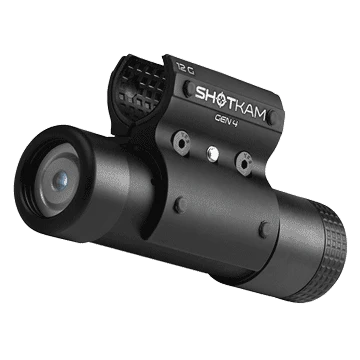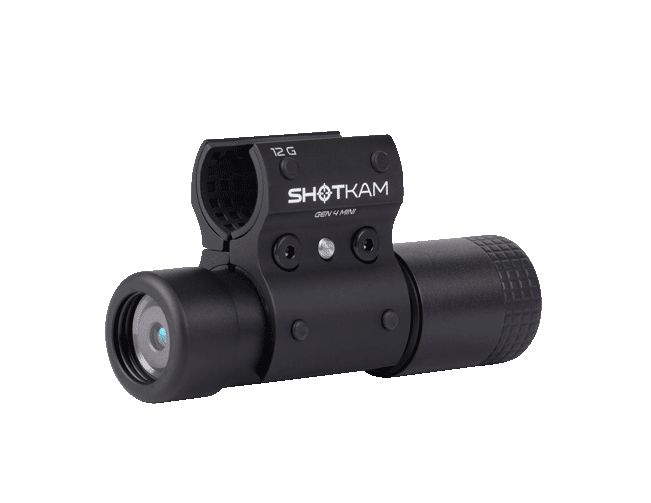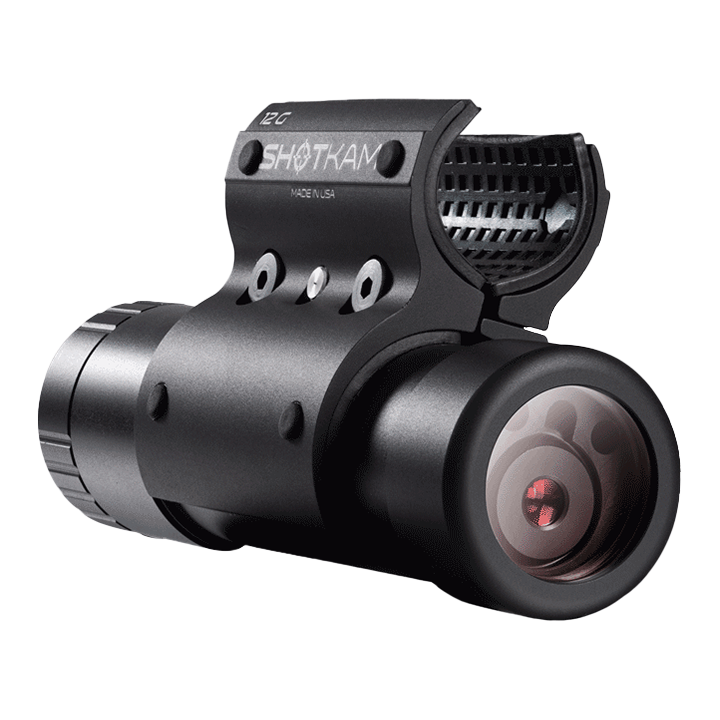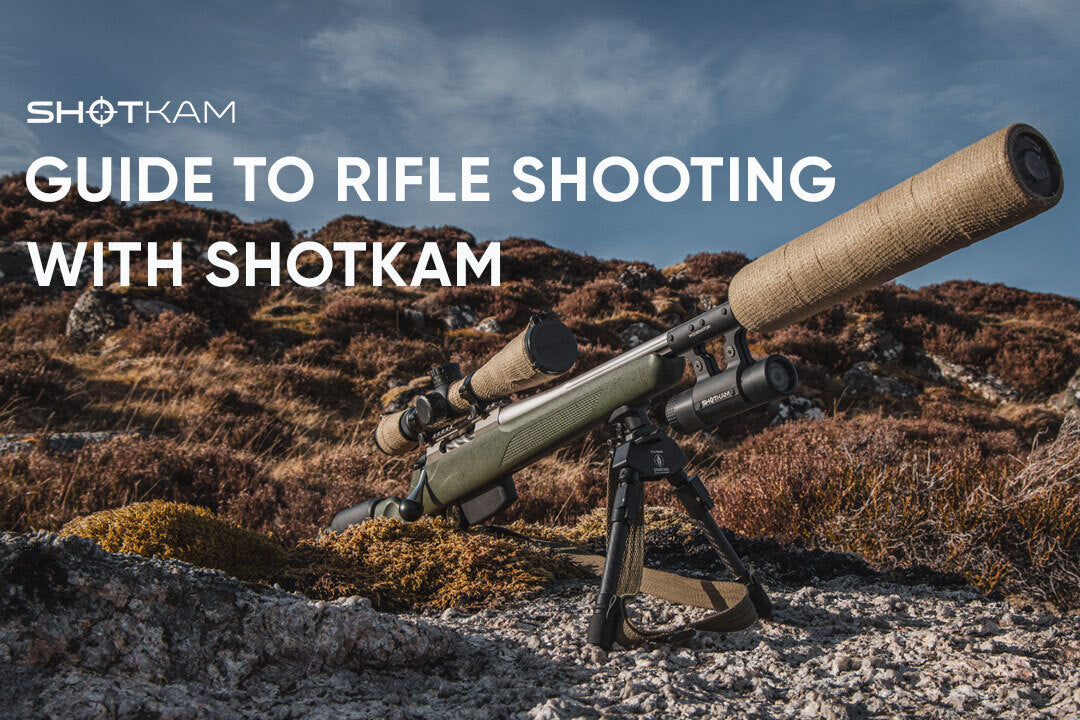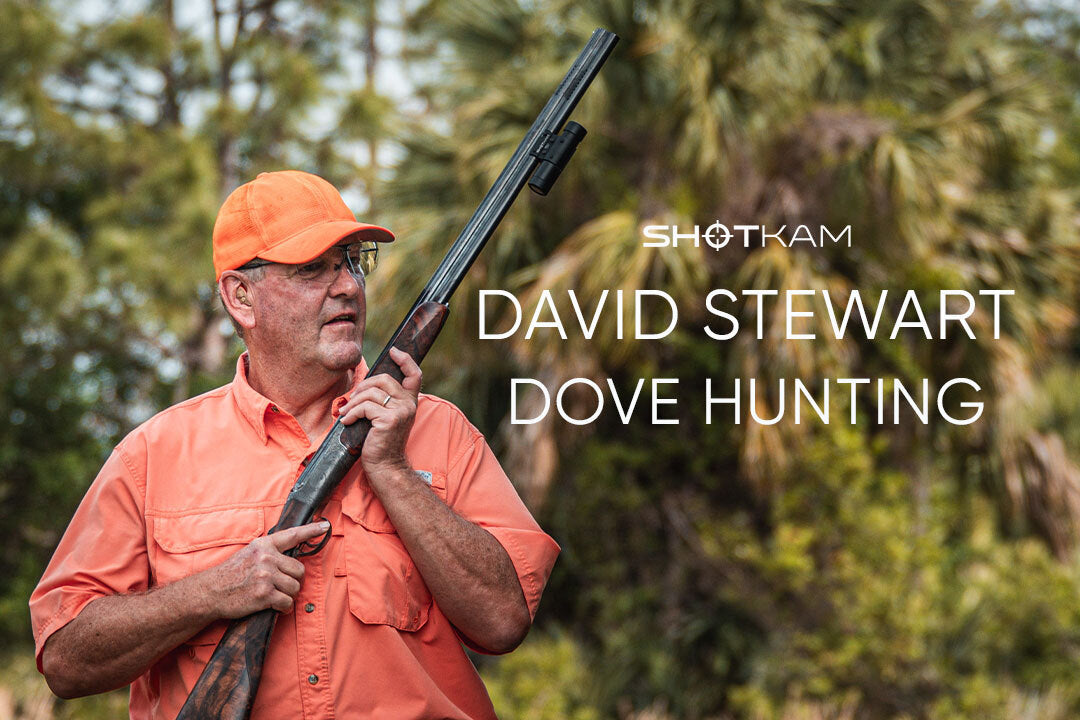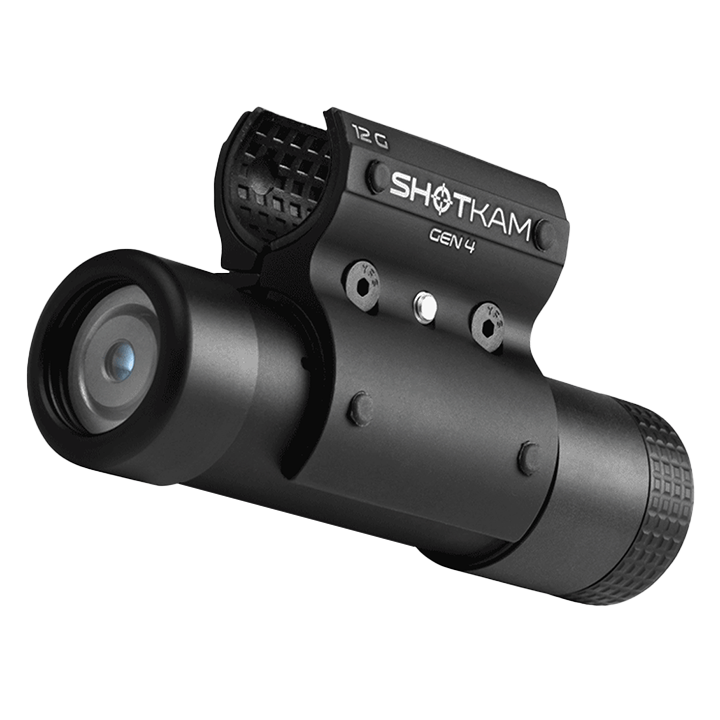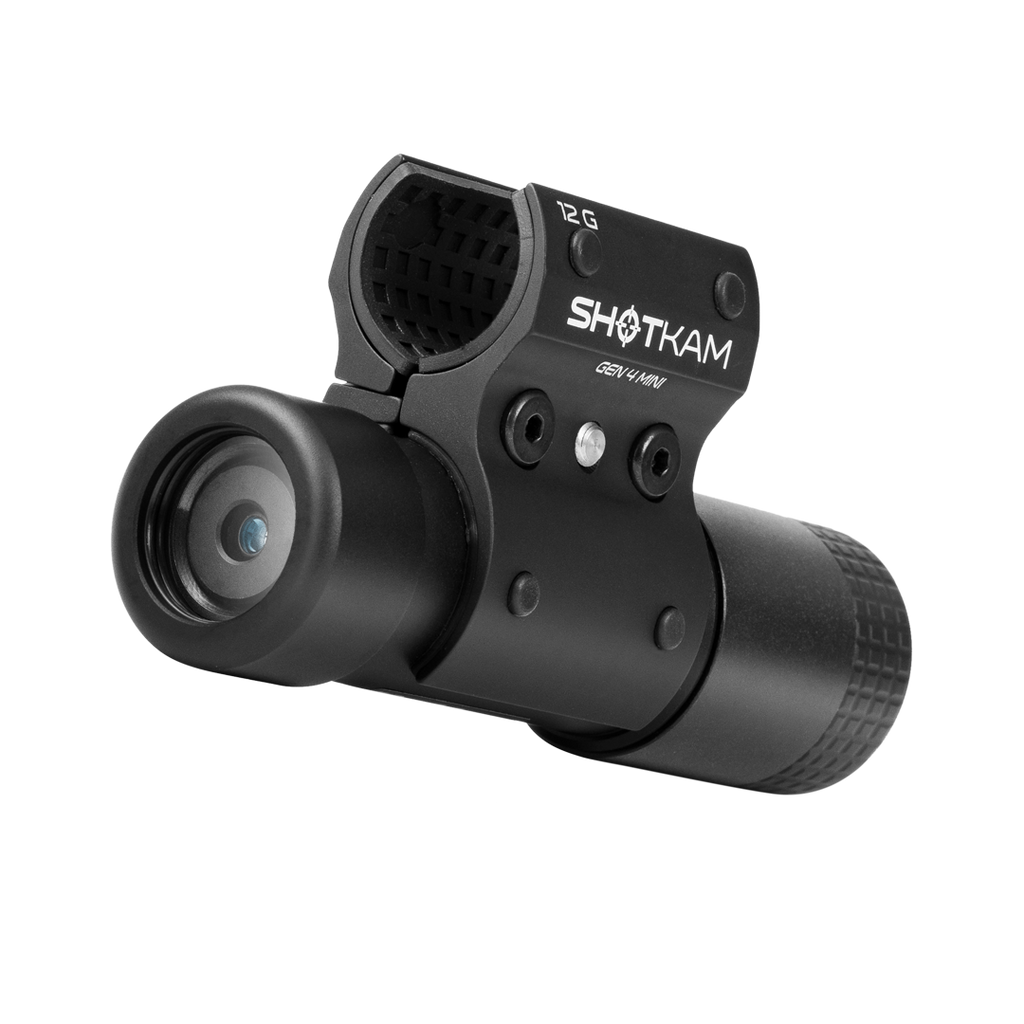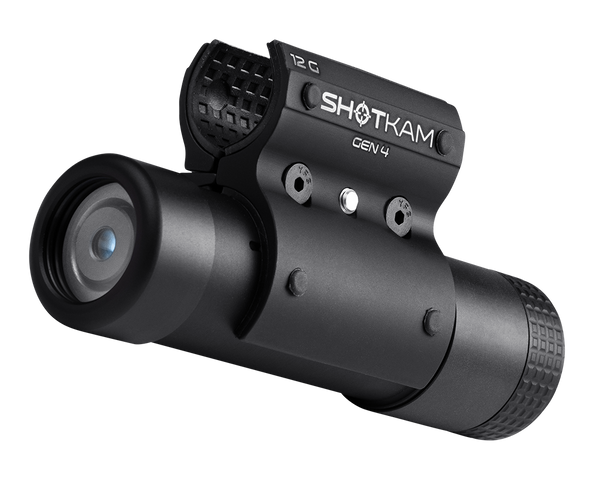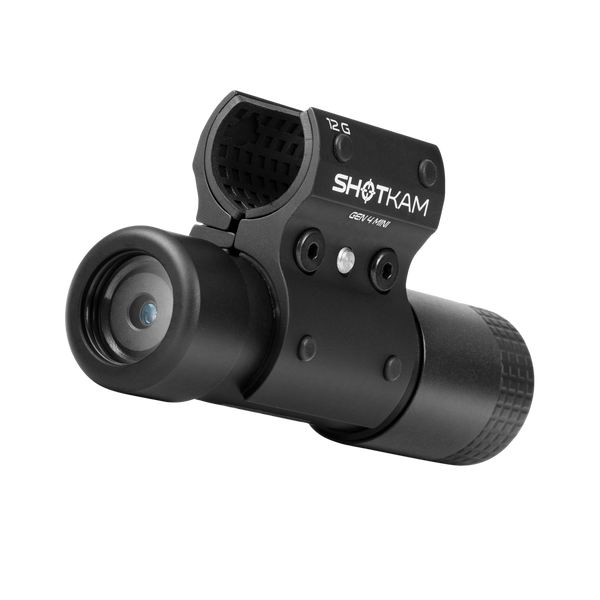A Beginner's Guide to Shooting Sporting Clays
Introduction
Sporting clays shooting is an exhilarating and challenging sport that demands both technical skill and mental fortitude. Whether you are just starting out with trap shooting or have already ventured into the world of sporting clays, honing your mental game will be crucial to elevating your performance to the next level. In this blog, we will explore two essential aspects of the mental game in sporting clays shooting: Trust and Patience.
Trust: Embracing Your Subconscious
One of the fundamental principles in shooting is learning to trust yourself, particularly your subconscious mind. While trust is a common element in most sports, it takes on a unique significance in shooting. Unlike other sports where athletes rely on muscle memory and precise actions, shooting requires a different approach.
In shooting, the critical moment lies between the breakpoint and the shot. Rather than obsessing over complex calculations of spatial awareness and lead time, successful shooters embrace the concept of shooting "carefree," allowing their subconscious to take the lead. This is what separates shooting from all other sports – the best shooters don't focus on replicating identical barrel movements between shots; instead, they trust their subconscious to analyze and position their hands and barrel correctly based on changing factors like focus, visibility, and wind.
The key to achieving this level of trust is to focus on the bird and let your subconscious awareness of the barrel guide your movements. While it might feel uncomfortable at first, sustained practice will help you test and eventually trust your instincts. Your conscious analysis, timing, and lead will never outperform the power of your subconscious mind when it comes to deciding when and where to take the shot. Trust that your instincts will serve you well and remember that your subconscious is a tool that surpasses conscious thought in the heat of the moment.
Patience: The Path to Consistency
In sporting clays shooting, patience is an invaluable virtue that leads to consistency, smoothness, and quicker reflexes. It's essential to practice patience during your shooting sessions to refine your skills and improve your performance.
Hold point and break point placement are crucial metrics that reflect a shooter's mental strength and patience. The distance between these two points should not be too far apart (typically no more than 10% to 50% of the clay's flight path) to avoid overthinking and unnecessary distractions. Some shooters tend to "ride" the bird, keeping their focus on it for an extended period before the clay reaches the breakpoint, leading to unnecessary movement and mental clutter.
Reducing your movement is key to minimizing errors and developing a consistent shooting style. By shortening your time on the target and adjusting your hold point accordingly, you can cut out excessive muzzle flip and out-of-control movements. Whether you shoot swing through, diminishing lead, or sustained lead, determine when to make your move and trust your instincts to position your hold point optimally.
Furthermore, once the clay is launched, avoid backtracking your hold point. Trust that your initial analysis and decision were correct, and remain patient until you are ready to take the shot. This will help you avoid over-analyzing and allow your subconscious to take over, making split-second decisions with accuracy.
Accelerate Your Progress with ShotKam: Your Ultimate Training Companion
If you're looking for a valuable training tool to accelerate your progress in sporting clays shooting, the ShotKam is a game-changer. This innovative training camera is designed to capture high-definition video of what happens during your shot, providing invaluable insights into your shooting technique. With the ShotKam, you can focus solely on the clay, while the camera records your barrel movements in real-time. The beauty of this device lies in its ability to offer instant replays of your shots directly on your phone through its built-in Wi-Fi and free mobile app. Analyzing your performance through quick video feedback allows you to identify areas for improvement and make necessary adjustments promptly. The ShotKam's user-friendly interface makes it easy to use, and its impact on your learning curve is remarkable. Incorporating the ShotKam into your training regimen can lead to faster skill development and more consistent results on the course. So, if you're serious about taking your sporting clays shooting to the next level, consider embracing the power of the ShotKam – a training companion that will revolutionize your journey to shooting mastery.
Embrace Your Instincts
In conclusion, sporting clays shooting is not just about the equipment or the technical aspects; it's about developing a strong mental game that revolves around trust and patience. Embrace the unique nature of shooting, where your subconscious mind plays a significant role in guiding your movements. Learn to trust yourself and your instincts, and you'll find yourself hitting more clays and elevating your performance to new heights.
As you embark on this exciting journey, remember to practice regularly, stay patient, and let your subconscious mind work its magic. With dedication, discipline, and a strong mental game, you'll soon find yourself among the ranks of masterclass shooters – waiting for the right moment, reducing barrel movement, and embracing the true essence of sporting clays shooting. Good luck, and enjoy the thrill of the sport!
You are reading:



